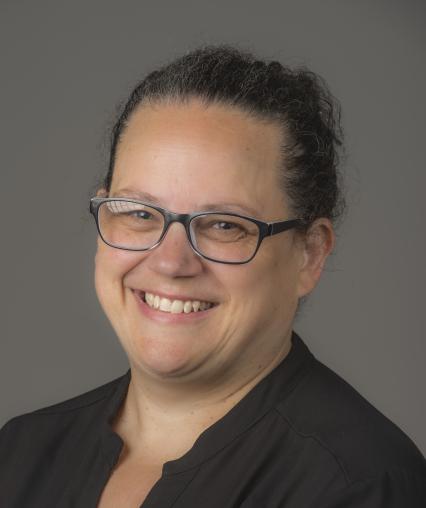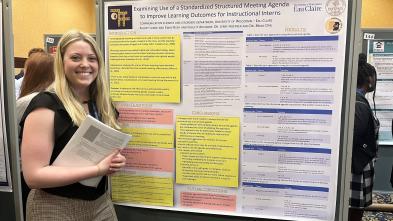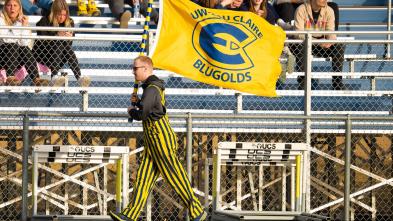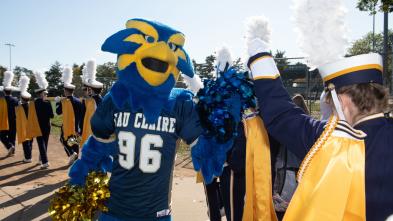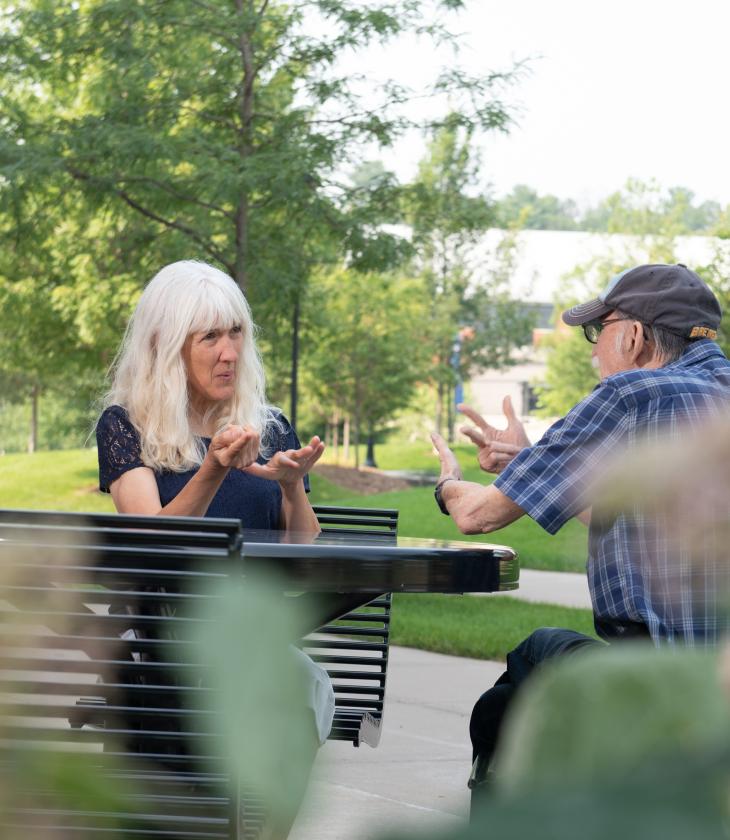
American Sign Language Studies
The American Sign Language (ASL) certificate allows you to develop your skills in ASL and gain a deeper understanding of language and culture within the Deaf community.
Study a Widely Used Language
Throughout the program, you’ll develop a depth of knowledge and skill in the use of ASL, apply semantic and linguistic elements of ASL in your use of the language, appreciate the distinct culture of the Deaf community, and behave according to the social norms of Deaf culture. Courses cover grammar, dialogue, and narrative, including receptive and expressive skills, as well as Deaf culture and historical influences and impacts on the Deaf community through political activism, laws, information access, educational philosophies, and communication systems.
Opening doors to more opportunities and connections, the certificate is available to all UWEC students and is an excellent complement to any major.
Program Details
Blugold Stories
While completing the American Sign Language studies certificate, your courses will expose you to the key grammatical features, narratives, target vocabulary and cultural norms of ASL. Your studies will focus on nearly every aspect of the language — from the specific grammar and mechanics to the cultural perspectives of the Deaf community. Through this work, you will gain sensitivity and understanding of Deaf culture and Deaf history perspectives within a global society, which will benefit you in your future career while communicating with others.
Here are a few courses in American Sign Language Studies at UW-Eau Claire.
CSD 101
American Sign Language I
In this course, students are introduced to American Sign Language (ASL), a visual-gestural language, and to Deaf culture. Students will learn frequently used phrasal signs, the basic rules of ASL grammar, introductory fingerspelling, and non-manual signals. Upon completion, students will demonstrate beginning conversational skills in ASL and introductory knowledge of Deaf cultural behaviors and history.
CSD 210
Cultural Perspectives of the Deaf
This course is an introduction to American Deaf Culture and introduces the Deaf community as a linguistic and cultural minority group. The course demonstrates the various roles of Deaf people within a larger society, including topics such as political activism, laws, access to information, educational philosophies, intersectionality, and communication systems. In addition, it focuses on historical influences in the lives of American Deaf people and in the lives of others. Course not conducted in ASL. No prior ASL experience required.
CSD 302
American Sign Language Linguistics
This course covers the major features of the linguistic structure and social uses of ASL: 1) Phonology– the study of the raw materials of signs; examination of the structure of the physical signals of ASL, the customary patterns for combining them, and the influence of signs on one another in connected discourse. 2) Morphology– building and storing words; study of the basic meaningful units of ASL, including discussion of word creation, compounding, borrowing, affixing, and numeral incorporation. 3) Syntax– building sentences and longer structures; examination of the word order of ASL sentences, non-manual syntactic signals, and discourse structures; discussion of the use of space in ASL, including an examination of verbs with subject and object agreement and of spatial-locative verbs. 4) Sociolinguistic Application– discussion of language variation and contact in the Deaf community.
Get More Info
Sign up to receive additional information about our campus.
Meet the Faculty


